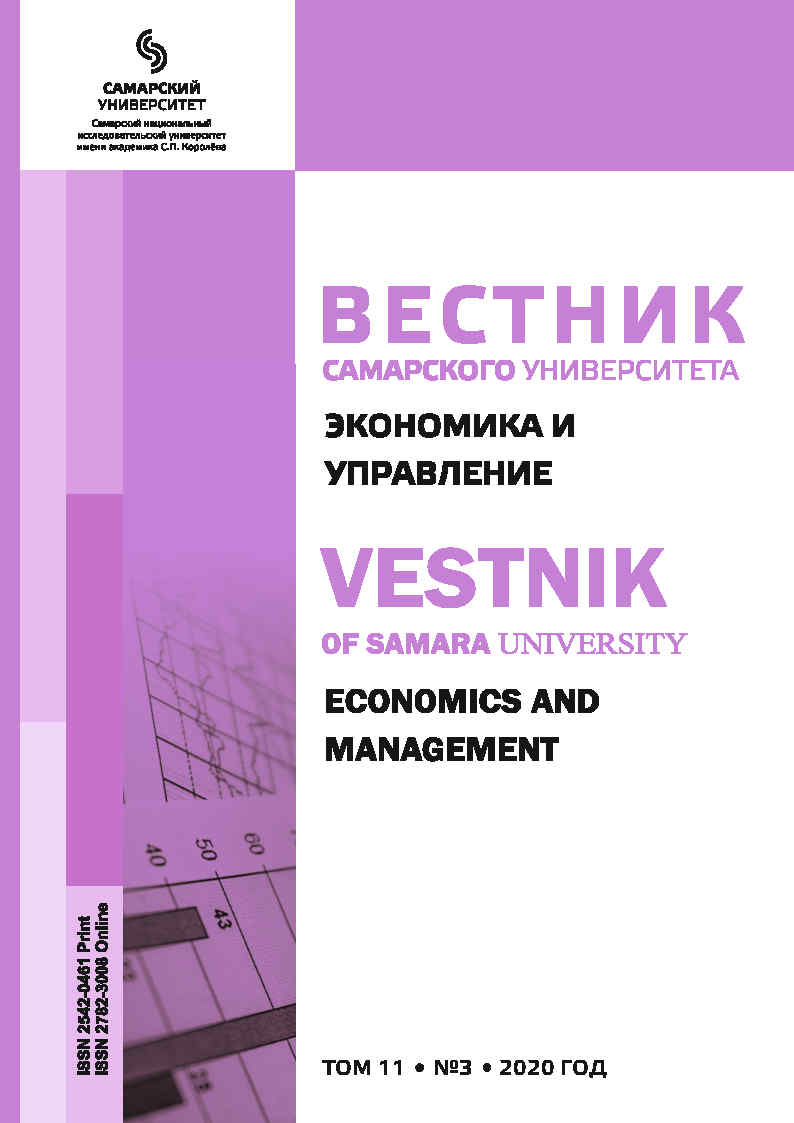Abstract
The article is of an overview nature and is devoted to the generalization of foreign experience in the implementation of innovative technology «DOLTS CATCHING» in the educational environment. The author analyzes the costs of implementing this technology in higher education institutions, identifies the main opportunities for using this technology and identifies the tasks that it allows you to solve. The author also identified the main consequences of using the «DOLTS CATCHING» technology for the educational process. This study is intended to supplement the set of theoretical provisions and practical recommendations, as well as to form a model for the formation of the technological potential of an educational institution and reserves for intensifying its growth based on relations with innovative companies. The conducted research and analysis of the practical experience of implementing the innovative this technology showed that for the development of the efficiency of functioning of the economy, it is necessary to carry out a total digitalization of education in Russia on the basis of up-to-day technology. Currently, there are already six universities in the world, two industry research centers and the US Department of Youth Affairs are collaborating on the implementation of «DOLTS CATCHING» technology. As a result, more technology innovation students can develop their education and training and acquire new knowledge in collaboration with businesses. The conducted research allows us to conclude that this technology can be applied in the field of education in the Russian Federation.









